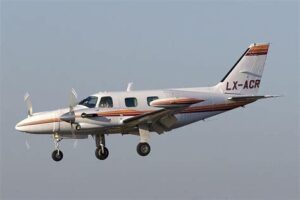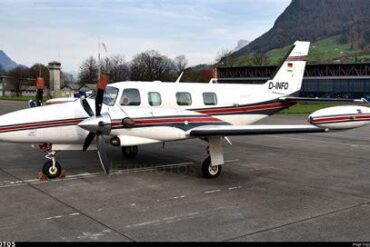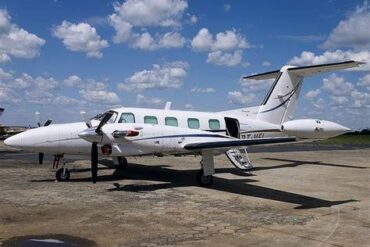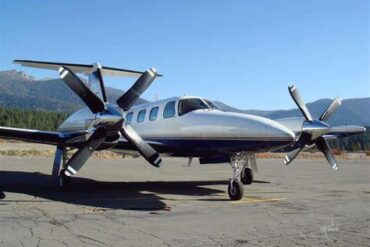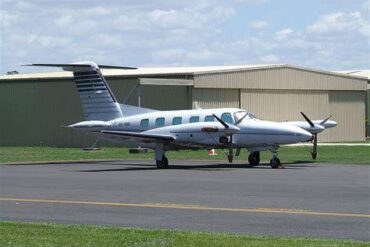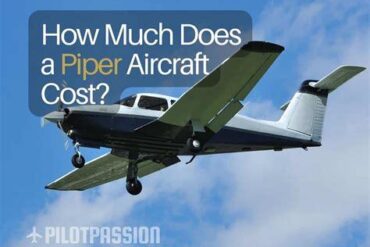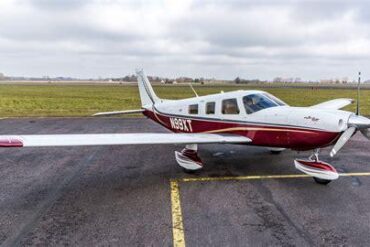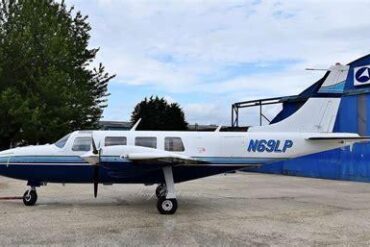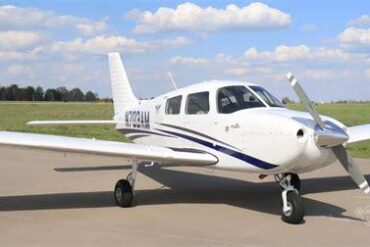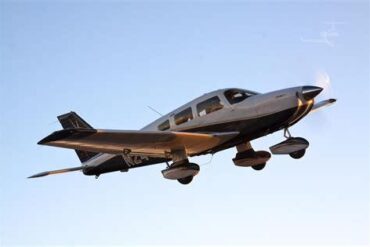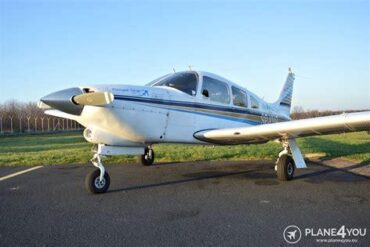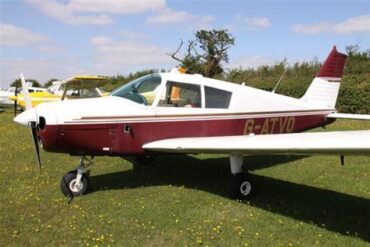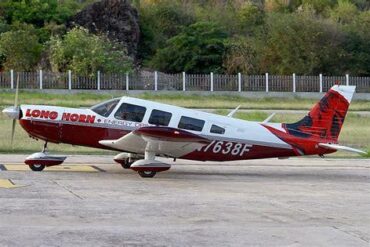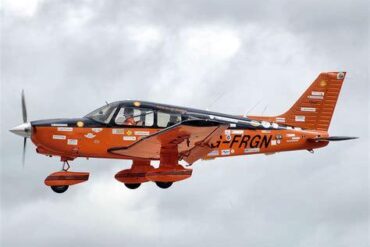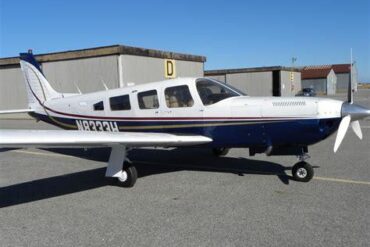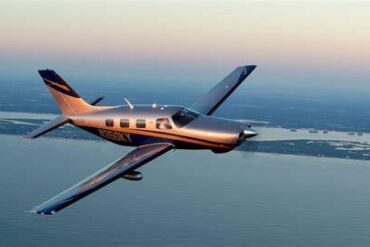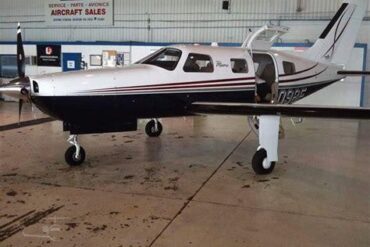The Piper Cheyenne IA is a remarkable aircraft that has garnered attention for its impressive performance and versatility. As aviation enthusiasts and potential buyers explore options in the light twin-engine category, understanding the price and operating costs associated with the Piper Cheyenne IA becomes crucial. This article delves into the specifics of what makes this aircraft a compelling choice, offering insights into acquisition costs, operational expenses, and maintenance considerations.
Overview of the Piper Cheyenne IA
The Piper Cheyenne IA is part of a family of turboprop aircraft developed by Piper Aircraft. Known for its reliability and efficiency, the Cheyenne IA is often favored for both personal and business travel. With a maximum cruising speed of approximately 300 knots and a range of around 1,500 nautical miles, it stands out as a capable option for mid-range flights.
Specifications
The Cheyenne IA features a Pressurized Cabin, which allows for comfortable travel at higher altitudes, reducing the effects of weather and turbulence. Key specifications include:
-
Engines: Two PT6A-20 turboprop engines
-
Passenger Capacity: Typically seats 6 to 8 passengers
-
Maximum Takeoff Weight (MTOW): Approximately 8,000 lbs
-
Cruise Altitude: Up to 25,000 feet
These specifications highlight the aircraft’s ability to perform efficiently while providing a comfortable experience for passengers.
Purchase Price of the Piper Cheyenne IA
When considering the purchase price of a Piper Cheyenne IA, prospective buyers should be aware of several factors that influence the overall cost. Generally, the price range for a used Cheyenne IA falls between $400,000 and $800,000, depending on factors such as:
-
Aircraft Condition: The state of the aircraft, including any modifications or upgrades, significantly impacts the price.
-
Flight Hours: The total flight hours logged can affect the valuation, with lower hours typically commanding higher prices.
-
Maintenance History: A well-documented maintenance history can enhance the value, as it assures potential buyers of the aircraft’s reliability.
Financing Options
Purchasing an aircraft is a significant investment, and many buyers explore financing options to manage costs effectively. Common financing methods for acquiring a Piper Cheyenne IA include:
-
Traditional Bank Loans: Many banks offer aircraft loans with competitive interest rates, allowing buyers to spread payments over several years.
-
Leasing: Leasing can provide a lower upfront cost, allowing businesses to access the aircraft without full ownership responsibilities.
-
Owner Financing: In some cases, current owners may offer financing options, making it easier for buyers to negotiate terms directly.
Operating Costs of the Piper Cheyenne IA
Operating costs are a critical aspect of aircraft ownership, as they directly impact the overall budget. For the Piper Cheyenne IA, these costs can be categorized into several key areas:
Fuel Costs
Fuel costs represent one of the most significant ongoing expenses for any aircraft owner. The Piper Cheyenne IA has an average fuel consumption rate of about 40 gallons per hour. Given the current price of aviation fuel, which can vary widely but averages around $5.00 per gallon, the fuel cost per flight hour is approximately $200. For an average flight of 3 hours, this translates to around $600 per trip.
Maintenance Costs
Regular maintenance is essential for ensuring the safety and longevity of the Piper Cheyenne IA. Maintenance costs typically range from $50,000 to $100,000 annually, depending on usage and specific maintenance requirements. Key maintenance considerations include:
-
Routine Inspections: Annual inspections are mandatory and can cost anywhere from $2,000 to $10,000.
-
Engine Overhauls: Turboprop engines require overhauls every 3,500 to 4,000 hours, with costs ranging from $100,000 to $250,000.
-
Parts and Labor: Budgeting for replacement parts and labor is crucial, as unexpected repairs can arise.
Insurance Costs
Insurance is another critical component of operating costs. The average annual insurance premium for a Piper Cheyenne IA typically ranges from $5,000 to $15,000, influenced by factors such as:
-
Pilot Experience: More experienced pilots may benefit from lower premiums.
-
Coverage Levels: Comprehensive coverage will naturally increase costs but provides better protection.
Hangar Fees
Storage is an often-overlooked expense when calculating operating costs. Hangar fees can vary significantly based on location and facility quality, averaging between $500 and $2,000 per month. It’s essential to factor in these costs when budgeting for aircraft ownership.
Miscellaneous Costs
Additional costs that should be considered include:
-
Landing Fees: Depending on the airport, landing fees can range from $10 to $100 per landing.
-
Training Costs: Ensuring that pilots are adequately trained on the Cheyenne IA can incur additional costs, averaging around $5,000 for initial training.
Cost-Benefit Analysis
When assessing the costs associated with owning a Piper Cheyenne IA, it’s crucial to weigh them against the benefits. Some advantages of owning this aircraft include:
-
Time Savings: The ability to fly directly to destinations without layovers can save considerable time.
-
Flexibility: Owners have the freedom to choose their flight schedules, accommodating last-minute changes.
-
Comfort: The Cheyenne IA provides a level of comfort and convenience that commercial airlines often cannot match.
Resale Value
Understanding the potential resale value of the Piper Cheyenne IA is also essential for financial planning. Generally, well-maintained aircraft retain a good portion of their value, especially if they have low flight hours and a solid maintenance history. Resale prices can be expected to fall between $350,000 and $600,000, depending on the same factors that influence the purchase price.
Conclusion
In conclusion, the Piper Cheyenne IA represents an excellent choice for those seeking a reliable and efficient turboprop aircraft. While the initial purchase price and ongoing operating costs require careful consideration, the benefits of ownership—such as time savings, flexibility, and comfort—make it a worthy investment. Understanding the complete financial picture, including maintenance, fuel, and insurance costs, allows prospective buyers to make informed decisions that align with their aviation needs. Whether for personal travel or business purposes, the Piper Cheyenne IA stands out as a formidable contender in the world of light twin-engine aircraft.
